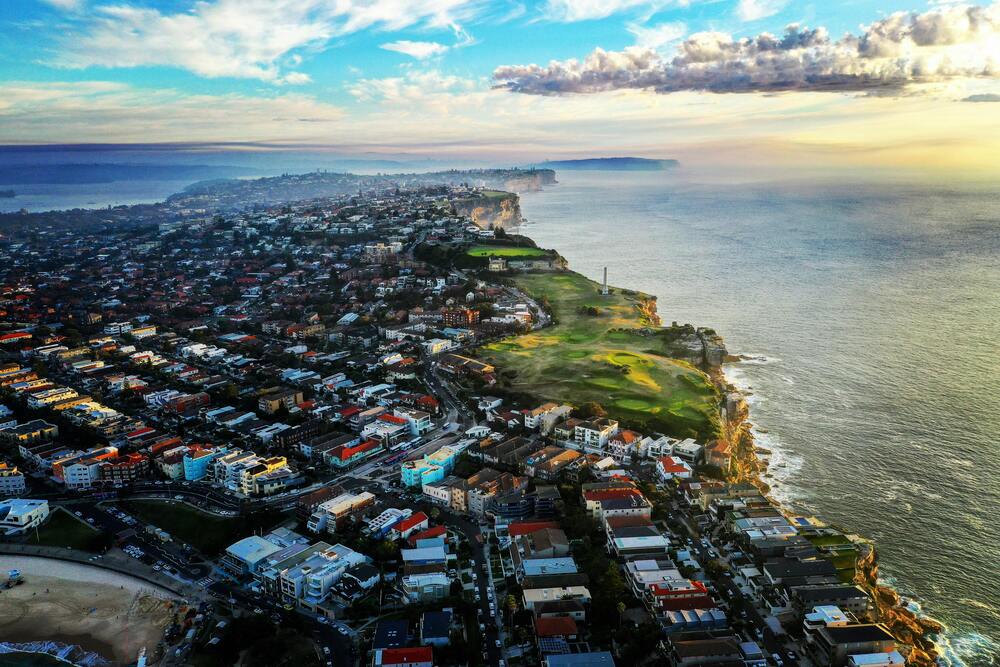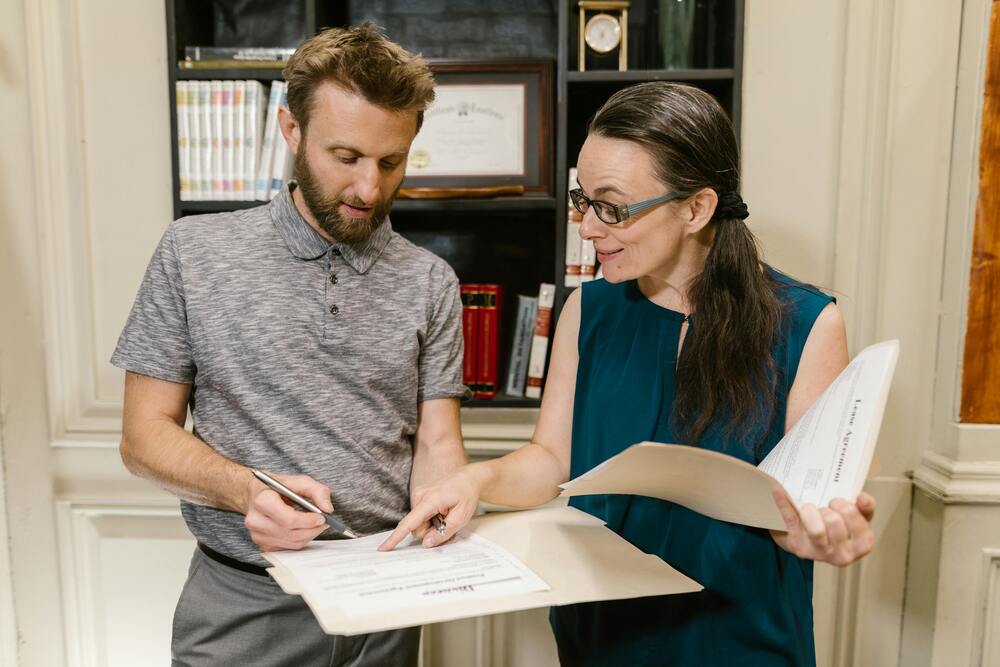If you’re buying property in Australia, stamp duty is one of the major costs you’ll need to plan for. But here’s the catch: stamp duty rules vary significantly depending on which state or territory you’re buying in. The rate, exemptions, concessions, and even the name of the tax can differ.
Whether you’re a first-time buyer, seasoned investor, or downsizer, understanding your state’s stamp duty rules can help you avoid surprises at settlement time—and potentially save thousands of dollars.
In this blog, we’ll break down:
- What stamp duty is
- How it differs in each state and territory
- When you need to pay it
- Available exemptions and concessions
If you’re unsure about the specifics or navigating a complex property deal, it’s a good idea to speak with an experienced conveyancing professional who can guide you through your obligations.

What Is Stamp Duty?
Stamp duty, also known as land transfer duty, is a government tax imposed on property transactions. It’s calculated based on the purchase price (or market value, whichever is higher) and can vary depending on:
- Whether the property is your primary residence or an investment
- Your residency status (e.g. foreign buyer)
- Your eligibility for grants or exemptions
Stamp duty is a once-off payment, but it can have a significant impact on your total property budget.
When Do You Have to Pay Stamp Duty?
In most states and territories, stamp duty must be paid within 30 days of settlement, but this can vary. Delays can attract penalties and interest charges.
Let’s now explore the specific rules in each Australian jurisdiction.

Stamp Duty by State and Territory
1. New South Wales (NSW)
- Rates – Progressive, starting at 1.25% for properties over $14,000 and up to 5.5% for those over $1 million.
- First Home Buyers – May be eligible for full or partial exemptions under the First Home Buyer Assistance Scheme.
- Payment Deadline – Within 3 months of signing the contract.
- New Option (Trial) – Some buyers can now choose an annual property tax instead of upfront stamp duty for properties under $1.5 million.
2. Victoria (VIC)
- Rates: Tiered rates ranging from 1.4% to 5.5%. Premium duty applies to property above $2 million.
- First Home Buyers: Full exemption for properties under $600,000; concessional rates up to $750,000.
- Foreign Buyers: Additional 8% surcharge.
- Payment Deadline: 30 days from settlement.
3. Queensland (QLD)

- Rates: Start at 1.5% and increase with the property value.
- First Home Buyers: May be eligible for a stamp duty concession on homes under $550,000.
- Investors: Pay higher rates compared to owner-occupiers.
- Payment Deadline: 30 days after the contract becomes unconditional.
4. Western Australia (WA)
- Rates: Range from 1.9% to 5.15%.
- First Home Buyers: No duty for homes under $430,000; concessions up to $530,000.
- Foreign Buyers: Additional 7% duty surcharge.
- Payment Deadline: Within 2 months of the transaction.
5. South Australia (SA)
- Rates – From 1% to 5.5%, depending on price brackets.
- First Home Buyers – As of 2023, first home buyers of new homes valued up to $650,000 pay no stamp duty.
- Payment Deadline – 30 days from the transaction.
6. Australian Capital Territory (ACT)
- Rates – Calculated on a fixed scale based on the property value. The ACT is transitioning from stamp duty to land tax over time.
- First Home Buyers – Can access the Home Buyer Concession Scheme, which provides duty-free purchases for eligible low- and middle-income earners.
- Payment Deadline – 14 days after settlement.
7. Tasmania (TAS)
- Rates – Progressive rates ranging from 1.75% to 4.5%.
- First Home Buyers – 50% discount for homes under $600,000 (for existing homes only).
- Payment Deadline – 3 months after settlement.
8. Northern Territory (NT)
- Rates – Calculated via a complex formula, but effectively progressive. Higher rates apply over $525,000.
- Concessions – Fewer compared to other states, but stamp duty rebates are occasionally offered during budget announcements.
- Payment Deadline – 60 days from signing the contract.
Key Differences to Watch Out For
Here’s a snapshot of how stamp duty varies:
| State/Territory | Deadline | First Home Buyer Support | Foreign Surcharge |
| NSW | 3 months | Yes (and annual tax option) | 8% |
| VIC | 30 days | Yes (up to $750,000) | 8% |
| QLD | 30 days | Yes (up to $550,000) | 7% |
| WA | 2 months | Yes (up to $530,000) | 7% |
| SA | 30 days | Yes (new homes) | 7% |
| ACT | 14 days | Income-based concessions | 0% |
| TAS | 3 months | 50% off (under $600,000) | 8% |
| NT | 60 days | Limited | 0% |
When Should You Budget for Stamp Duty?

Stamp duty must be paid before settlement is completed, as it’s usually a condition for the property title transfer. Your conveyancer will typically calculate the amount due and help ensure it’s paid on time.
Failure to pay stamp duty by the due date can result in financial penalties, and in some cases, the transaction may be delayed or fall through.
Final Tips
- Always check the current rates from your local state revenue office, as they can change from year to year.
- Use a stamp duty calculator provided by state governments to estimate your payable amount.
- Get legal or financial advice before committing to a purchase—especially if you’re relying on exemptions or grants.
Working with a reliable conveyancing team can help ensure that you meet all deadlines, understand your entitlements, and avoid costly missteps during your property transaction.
Conclusion
While stamp duty is an unavoidable part of buying property in Australia, the amount you’ll pay—and when—is heavily influenced by where you’re buying and your personal circumstances. Being well-informed can help you budget better and potentially reduce your costs through available concessions.
If you’re planning a property purchase or sale and want expert guidance on meeting your legal and financial obligations, Jim’s Property Conveyancing is here to help. Our experienced team provides friendly, reliable service to ensure your settlement goes smoothly—no matter which state or territory you’re in.

